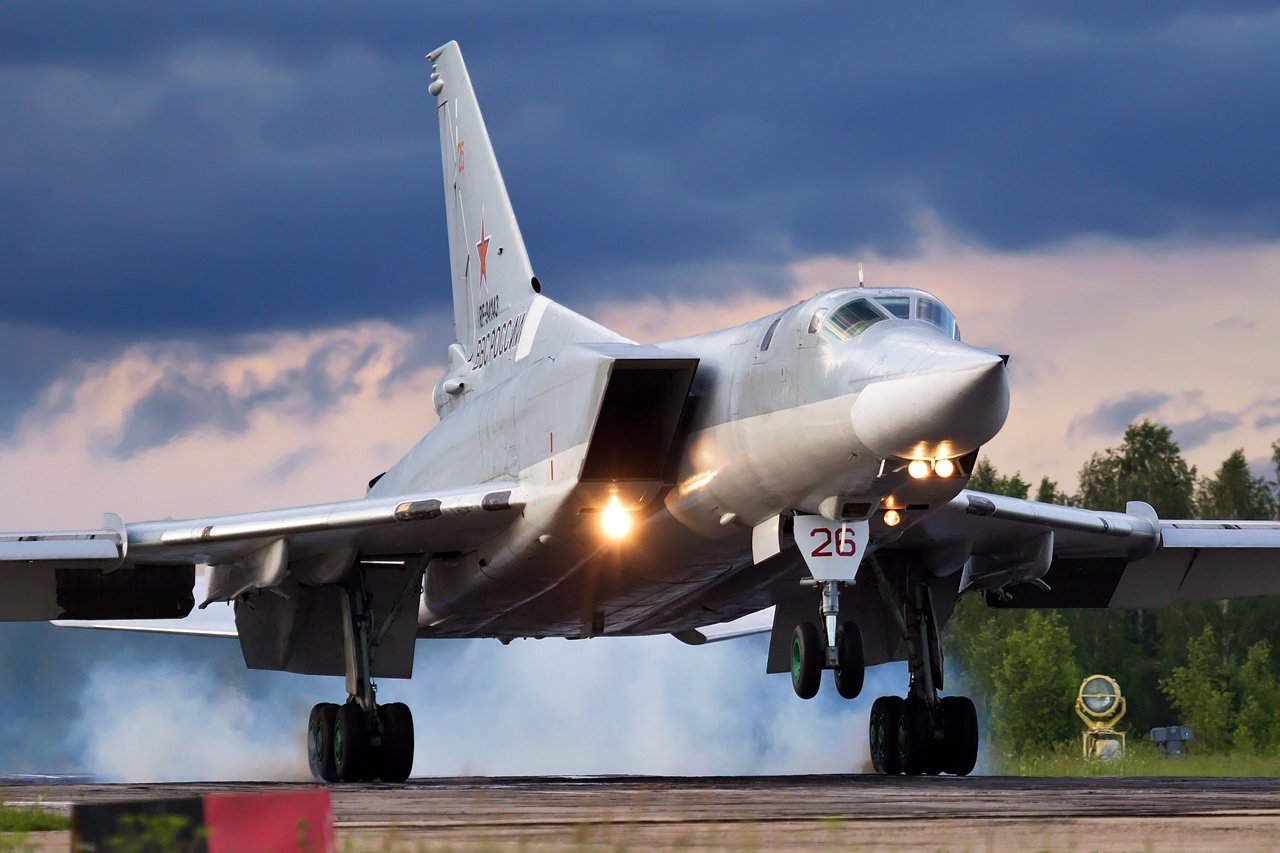
In a significant revelation, Ukraine’s GUR (Intelligence Department) has officially acknowledged its involvement in the destruction of a Russian Tu-22M3 bomber and the incapacitation of two additional bombers in August 2023.
Drawing from various sources, it appears that a contingent of GUR operatives successfully penetrated deep into hostile territory, covering an approximate distance of 600 kilometers. Their primary objective was to launch an offensive on the Soltsy airport in the Novgorod region. The details of the execution of the assault remain undisclosed by the GUR, although the Russian Defense Ministry confirmed the deployment of a drone during the incident.
Subsequent to the assault, photographic evidence circulated on the Internet confirmed the Tu-22M3 bomber’s destruction as it was found engulfed in flames. The GUR also revealed that two more bombers sustained damage but were relocated by the Russian Federation after the attack. The GUR acknowledged losses within their reconnaissance unit during the retreat. According to their statement, an “unequal battle” unfolded when returning Ukrainian agents were detected by Russian forces, resulting in the injury and subsequent death of Colonel Oleg Babii.
The aftermath of Ukraine’s successful offensive was officially recognized by Russia’s Defense Ministry, describing it as a terrorist assault executed by the Kyiv regime. The statement specified that a helicopter-type unmanned aerial vehicle (UAV) was utilized in the attack on a military airport in the Novgorod region. The UAV was promptly detected by the airport’s alert watchtower and engaged with gunfire.
The Defense Ministry detailed the consequences of the assault, noting a fire in the airport parking lot, which was swiftly contained by the firefighting crew. The attack resulted in material damage, with one aircraft reported to have been affected. The final report emphasized that no casualties or loss of life were directly attributed to this act of terrorism.
The Soltsy-2 Airbase holds a prestigious status as the primary operating base for Russia’s 40th Composite Aviation Regiment, serving as a unique facility dedicated to hosting the nation’s strategic bomber assets. The Tu-22M, a medium-range aircraft, plays a pivotal role in reinforcing the base’s significance.
Specifically engineered for tactical engagements, the Tu-22M is exceptionally well-suited for operations in Europe, the Middle East, and East Asia. Throughout the Russian-Ukrainian War, this aircraft proved instrumental in executing Russia’s military tactics, underscoring its essential contribution to the nation’s defense strategy.
Initially, the anticipated retirement of the Tu-22M, a reliable long-serving battle bomber, was envisioned to pave the way for the Su-34M strike fighter. This successor, possessing a comparable operational reach at a lower cost, was deemed a prudent choice. However, during the Syrian War, the unique capabilities of the Tu-22M became apparent, particularly its proficiency in delivering substantial payloads of unguided bombs on distant targets. Recognizing this, the Defense Ministry opted to retain the Tu-22M in active service, as no other aircraft demonstrated a comparable level of efficiency in such operations.
Despite encountering financial challenges in upgrading the shorter-range bomber fleet to the newer Tu-22M3 prototype, resulting in a reduced fleet size over the past two decades, the Russian Air Force should face no significant hurdles. Several Tu-22M3s are held in reserve, ensuring the capacity to replace any lost aircraft without major complications.





